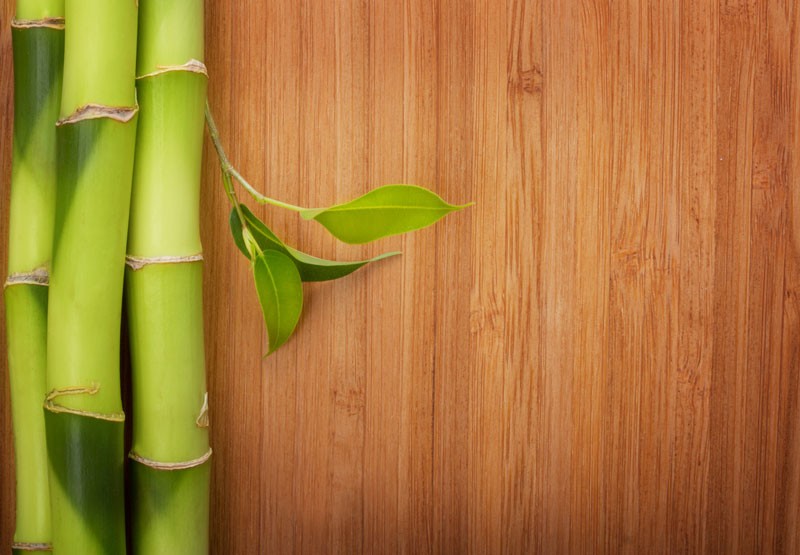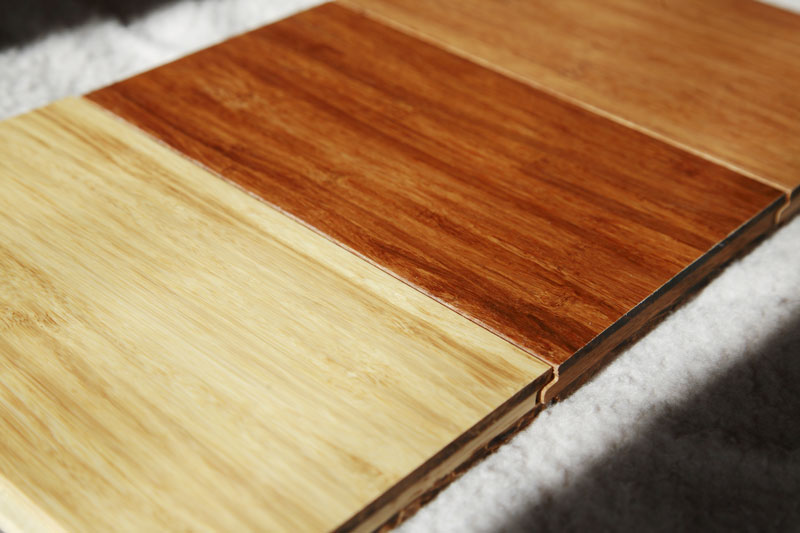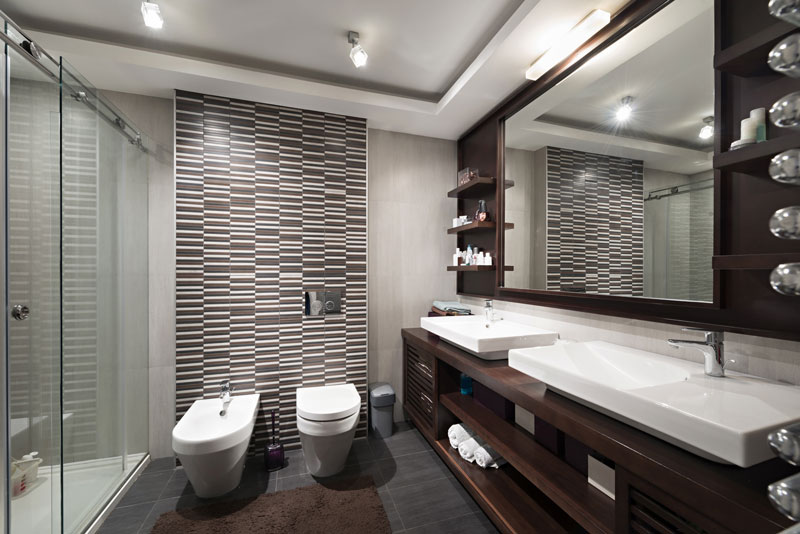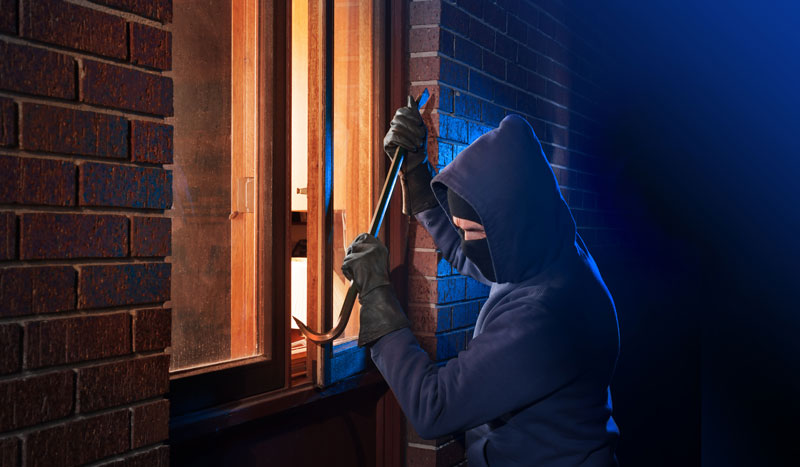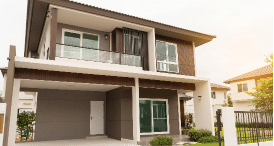Bamboo flooring offers one of the most unique appearances of any floor covering product. However, most people do not know that Bamboo is a “grass” floor rather than a hardwood floor. All bamboo laminated plank flooring is actually harder than Northern Red Oak.
From Harvest to Flooring: The Bamboo Manufacturing Process
The process of taking Bamboo from its natural state and manufacturing it into a viable floor covering option is very difficult. The harvested Bamboo is fed through splitting and sizing machinery. The small strips are than planed down to their approximate size. Next, the rough-sized strips are kiln dried down to an 8-10% moisture content. This process can take 5 days, and is the most important step in the manufacturing process.
Color Sorting and Assembly
The strips are planed down on all 4 sides. As with all natural material, a color variance is evident. The coloring of bamboo is determined by its age. The strips are sorted by color and cut to size and then assembled and glued together. Under extreme heat and pressure the planks are fused together. The final shading will change depending on the finishing techniques used.
Finishing Touches
The assembled planks are planed again to achieve an even surface and smooth surface. Planks are then fed through machines that cut and shape the tongues and grooves. Finally the planks are finished, packaged and sent off for sale.
Bamboo: The Flooring Material of the Future
Bamboo is often seen as the flooring material of the future. It is readily available and, it naturally regenerates quickly into harvestable crops. Processed bamboo is durable and stable, which combined with its environmental friendliness, this “woody grass” is just beginning to make its mark.

